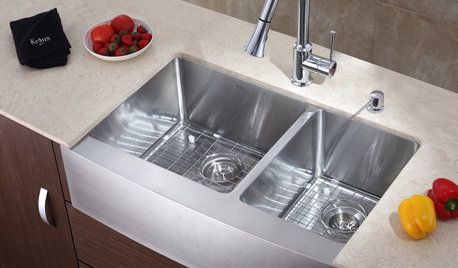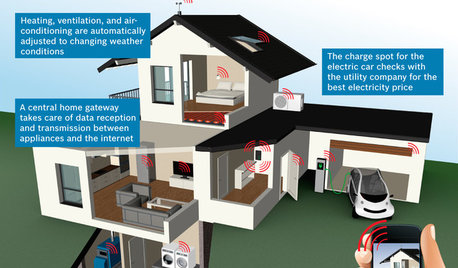Difference between automatic and hydrostatic
cwenisch
16 years ago
Featured Answer
Sort by:Oldest
Comments (13)
davidld
16 years agocwenisch
16 years agoRelated Professionals
Ashburn Landscape Architects & Landscape Designers · Benbrook Landscape Architects & Landscape Designers · Essex Landscape Architects & Landscape Designers · Garden City Landscape Architects & Landscape Designers · Kenmore Landscape Architects & Landscape Designers · Alamo Landscape Contractors · Matteson Landscape Contractors · Point Pleasant Landscape Contractors · Pompano Beach Landscape Contractors · Rancho Santa Margarita Landscape Contractors · York Landscape Contractors · West Chester Window Contractors · Baker Window Contractors · Crestwood Window Contractors · Ruskin Window Contractorsmetal
16 years agocwenisch
16 years agometal
16 years agopoppy320
16 years agowalt2002
16 years agolakeguy43
16 years agoHU-365143923
3 years agogeezer88
3 years agoHU-365143923
3 years agogeezer88
3 years ago
Related Stories

SHOP HOUZZShop Houzz: Stripes of a Different Kind
Add eye-catching accents to your surroundings with stripes that are anything but typical
Full Story0

MOST POPULAR8 Little Remodeling Touches That Make a Big Difference
Make your life easier while making your home nicer, with these design details you'll really appreciate
Full Story
GREEN BUILDING7 Everyday Ways for Going Greener at Home
Build in Some Automatic Ways to Save Time, Money and the Earth's Resources
Full Story
WINDOW TREATMENTSThe Art of the Window: Power Up With Motorized Treatments
We look at 11 spots in your home where automatic shades, screens, curtains and more make sense
Full Story
GREEN BUILDINGLet’s Clear Up Some Confusion About Solar Panels
Different panel types do different things. If you want solar energy for your home, get the basics here first
Full Story
KITCHEN COUNTERTOPSKitchen Countertop Materials: 5 More Great Alternatives to Granite
Get a delightfully different look for your kitchen counters with lesser-known materials for a wide range of budgets
Full Story
DESIGN DETAILSThe Secret to Pocket Doors' Success
Pocket doors can be genius solutions for all kinds of rooms — but it’s the hardware that makes all the difference. See why
Full Story
HOUZZ TOURSHouzz Tour: Mixing It Up in a Century-Old Edwardian
Different eras, patterns and textures mingle beautifully in a Canadian interior designer's home and 'design lab'
Full Story
FURNITUREHanging Furniture for Swinging Rooms
Hammocks, air chairs and hanging beds for the indoors make furniture fun again
Full Story
THE HARDWORKING HOMECES 2015: Inching Toward a Smarter Home
Companies are betting big on connected devices in 2015. Here’s a look at what’s to come
Full Story





tomplum